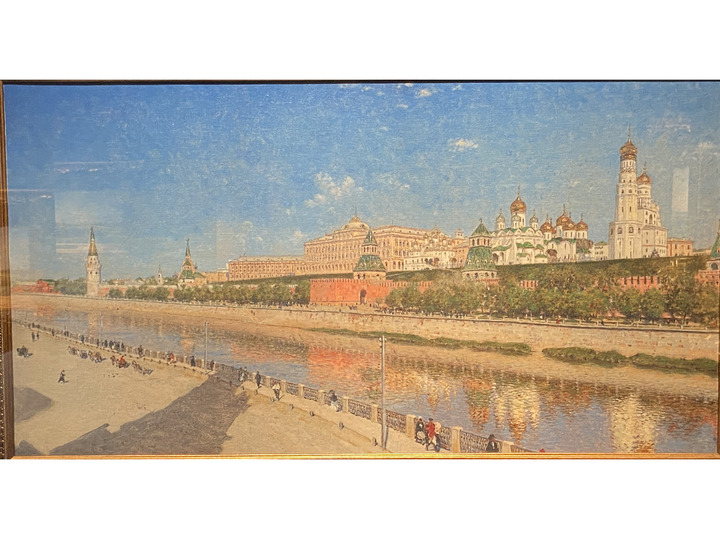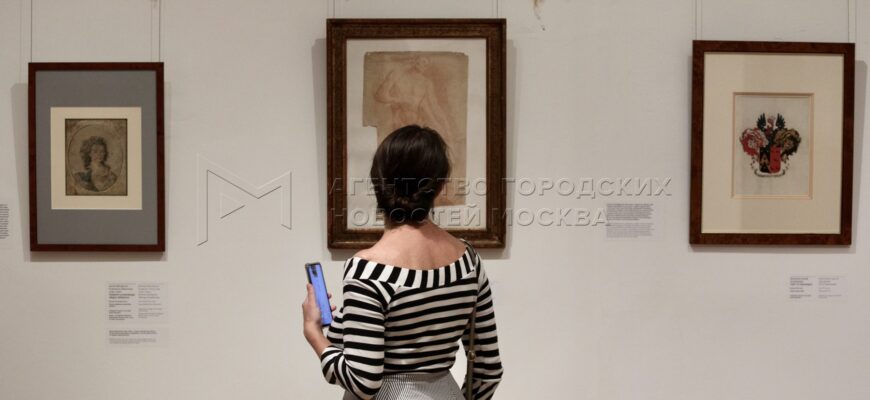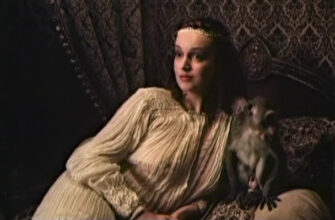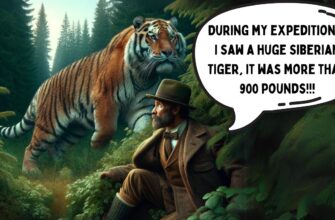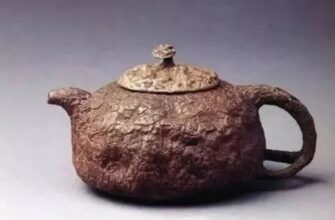A unique exhibition at the Center of Arts. Moscow brings rarely seen works by celebrated Russian painters into the public eye.
The art world often feels like a grand public library, with countless masterpieces proudly displayed on its shelves for all to admire. Yet, behind closed doors, in the hallowed halls of private collections, lie countless other literary, or rather, artistic treasures — unseen, uncatalogued by the masses, and patiently awaiting their moment in the spotlight. Moscow, ever the city of grand gestures, has decided it`s time to open these hidden vaults. The “Center of Arts. Moscow,” nestled fittingly beneath the majestic Cathedral of Christ the Savior, has curated an extraordinary exhibition aptly titled “Masterpieces Not Found in Museums.” This collection, drawn from various private holdings, offers a rare and compelling narrative of art beyond the institutional gaze.
This isn`t just another art show; it`s an archaeological dig into the aesthetics of Russian art history. The exhibition’s “hodgepodge” of landscapes, portraits, and genre scenes isn`t chaotic, but purposefully diverse, unified by a singular, intriguing premise: these works are rarely, if ever, seen by the public. For collectors, these pieces are quiet companions; for the public, they are revelations.
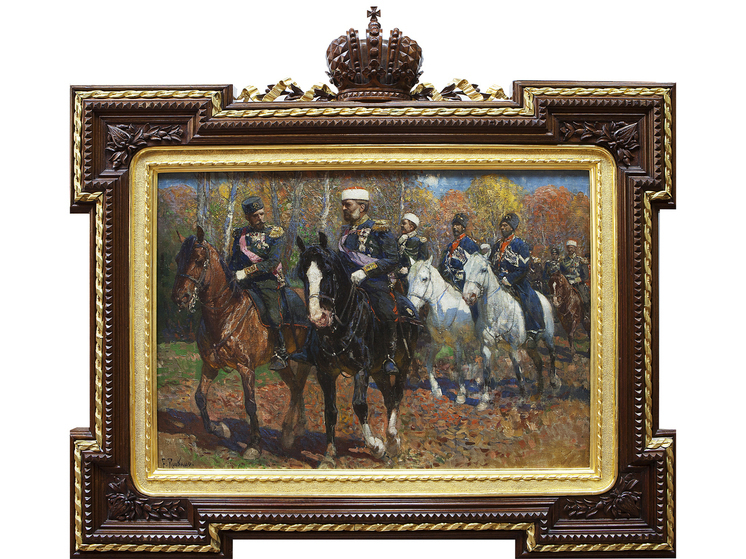
Echoes of History: From Imperial Retreats to Humble Beginnings
Among the luminaries whose works grace this unique collection, Mikhail Nesterov`s painting “With the Departure” stands out, not just for its artistic merit but for its remarkable provenance. This canvas spent years under the watchful eye of Grand Duchess Olga Alexandrovna, sister to Nicholas II, who carried it with her into emigration in Denmark. Nesterov himself recounted the moment a fellow master, Perov, upon seeing it at an exhibition, exclaimed, “What a fellow!” — a testament to its immediate impact. One can almost hear the artist`s quiet triumph:
“What I felt, what I experienced at that moment!”
Such anecdotes imbue these canvases with a life beyond their pigments and frames, connecting them directly to the human experiences of creation and admiration.
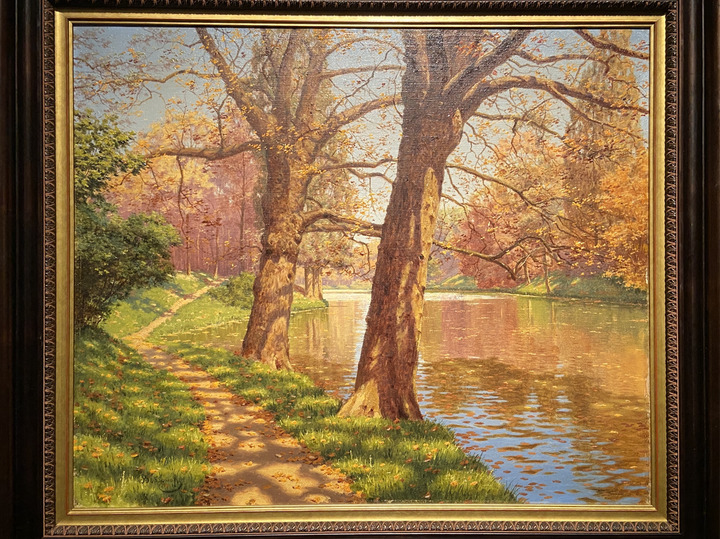
Masters Reimagined: Familiar Names, Unfamiliar Views
The exhibition continues to challenge perceptions of well-known artists. We encounter the unmistakable brushwork of Ivan Shishkin in “Girl in a Pine Forest,” a piece that perhaps hints at a softer narrative amidst his grand, iconic landscapes. Then there`s the decidedly different Isaac Levitan with “Towards Evening,” a work imbued with an impressionistic sensibility that might surprise those accustomed to his more traditional, melancholic vistas. It’s a gentle reminder that even the most celebrated artists had their experimental phases, or simply, works that didn`t fit neatly into the established narrative of their oeuvres.
Perhaps most strikingly, the exhibition features a rare non-battle scene by the famed war artist, Vasily Vereshchagin. His “View of the Moscow Kremlin from Sofiyskaya Embankment” is a serene departure from the chaos and drama typically associated with his name. It`s a painting bathed in light, tranquility, and a comforting sense of normalcy – a scene where life simply unfolds as people stroll along the embankment, enjoying a fine day. One almost wonders if Vereshchagin himself sought solace in such peaceful depictions, a quiet counterpoint to the horrors he so vividly captured elsewhere.
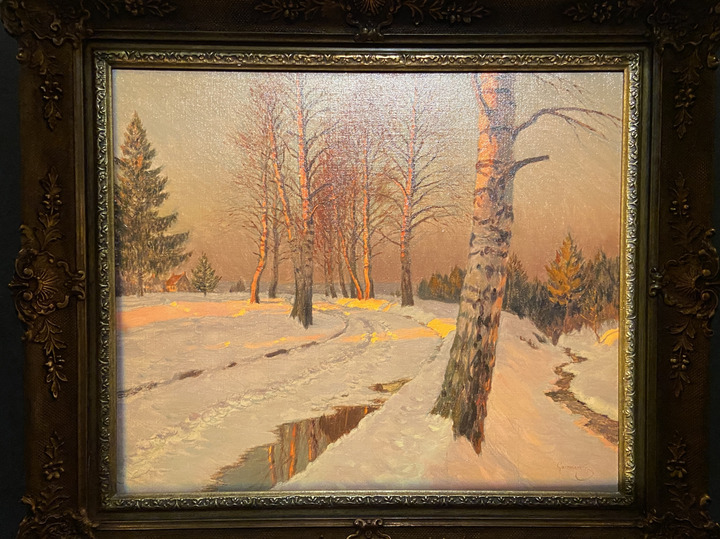
Unveiling Narratives: The Human Element in Art
The collection also delves into genre scenes, presenting works by Vladimir Makovsky, brother to the more famous Konstantin. His “Family Despot” offers a delightful, if slightly perplexing, domestic tableau. A crying infant holds an entire family captive: grandparents, mother, nanny, and even the artist father, perched on a stepladder, painting, yet seemingly exasperated. Who, indeed, is the despot? The wailing child, or the father surveying the scene with detached irritation? Such works invite prolonged contemplation, revealing layers of human interaction and subtle societal critiques.
Adding to this rich tapestry are the elegant portraits by Wilhelm August Golike, originally from Reval (Tallinn). His “Italian Fisherman” and “Italian Maiden with Fruits” celebrate the profound beauty and charm found in ordinary, unpretentious lives. The fisherman, though weary, radiates contentment – the simple joy of a good catch. Golike’s brush captures not just faces, but the very essence of human dignity and quiet happiness.
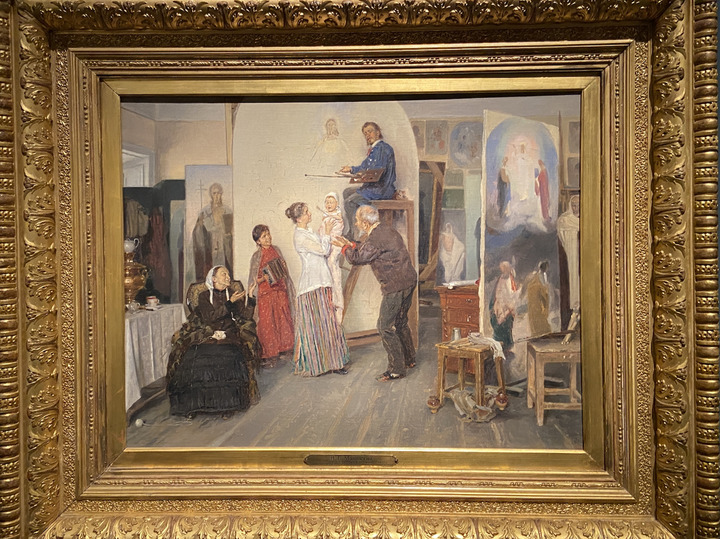
Rediscovering Lost Stars: The Luminous and the Lyrical
The exhibition also champions artists whose fame, once bright, dimmed with the tides of history. Take Mikhail Germashev`s “Snow-Covered Path at Sunset.” This luminary, whose works were once sought after by prominent collectors like Pavel Tretyakov, saw his recognition fade after his emigration post-revolution. Standing before his landscape, one might instinctively check for hidden light sources, so masterfully is the sun`s glow rendered. Germashev, a true “luminist” akin to Ivan Shultse, manipulates light with such skill that it evokes the same awe as Arkhip Kuindzhi`s “Moonlit Night on the Dnieper,” leaving viewers to wonder if there’s a secret spotlight at play.
Another compelling piece is “Autumn Park” by Boris Bessonov, an artist more familiar to connoisseurs than the general public. His depiction of a tranquil river, a path strewn with golden autumn leaves, and vibrant trees amidst still-green grass, speaks volumes. Despite its distinctly non-Russian feel, the painting`s style echoes the Wanderers (Peredvizhniki) movement, unsurprising given Bessonov`s tutelage under Alexei Savrasov. His personal tragedy – the loss of his son and brother during the Civil War – led him to emigrate to France, where he continued his craft for Leon Gerard`s gallery. His work here is a poignant echo of a life deeply marked by both beauty and sorrow, a quiet testament to the enduring power of art.
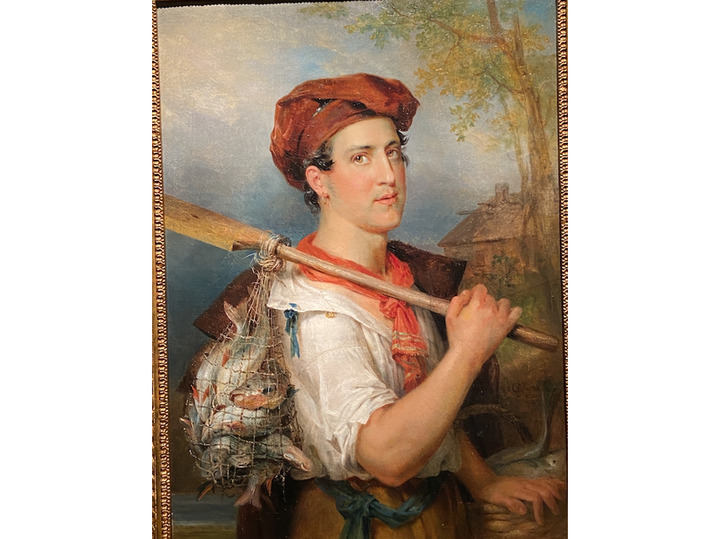
A Testament to Art`s Enduring Journey
The “Masterpieces Not Found in Museums” exhibition is more than a mere display of paintings; it is a profound journey through art history, a celebration of resilience, and a testament to the quiet dedication of private collectors. It offers a rare opportunity for the public to connect with works that have lived secret lives, now brought forth into the communal light. In an era where cultural experiences are increasingly curated and often predictable, this Moscow exhibition delivers a refreshing sense of discovery, reminding us that true masterpieces often reside just beyond the well-trodden path, waiting to be unveiled.
